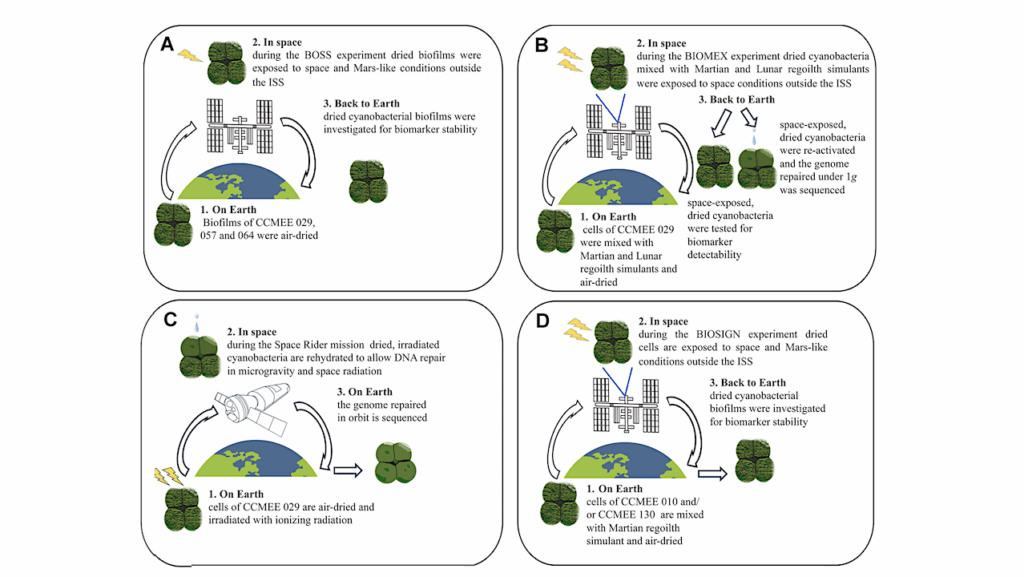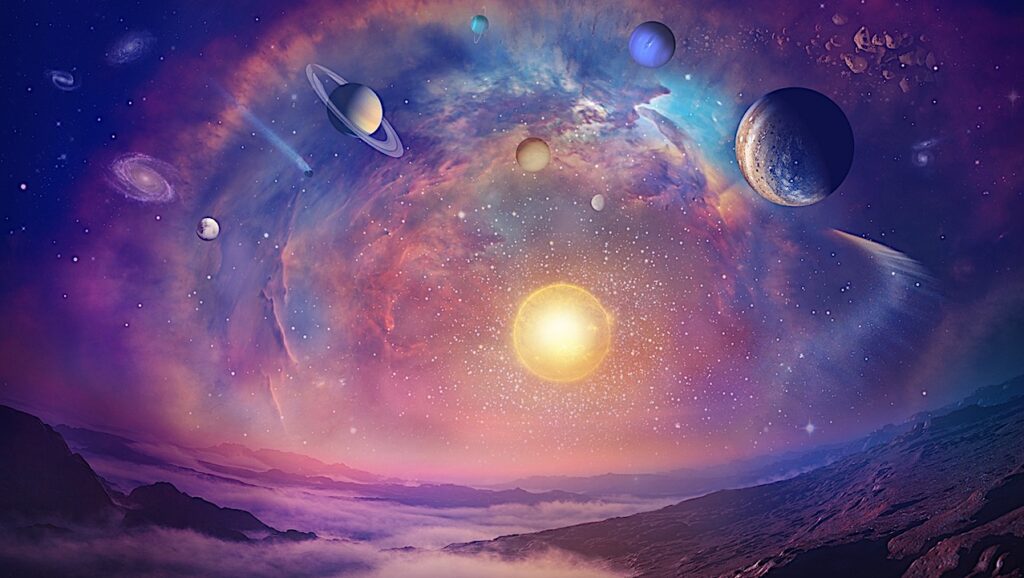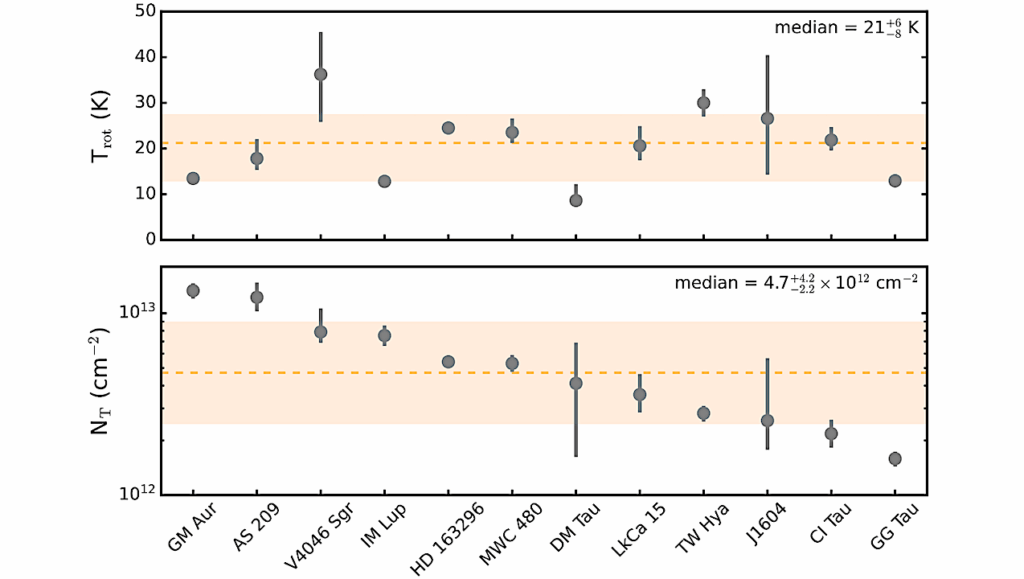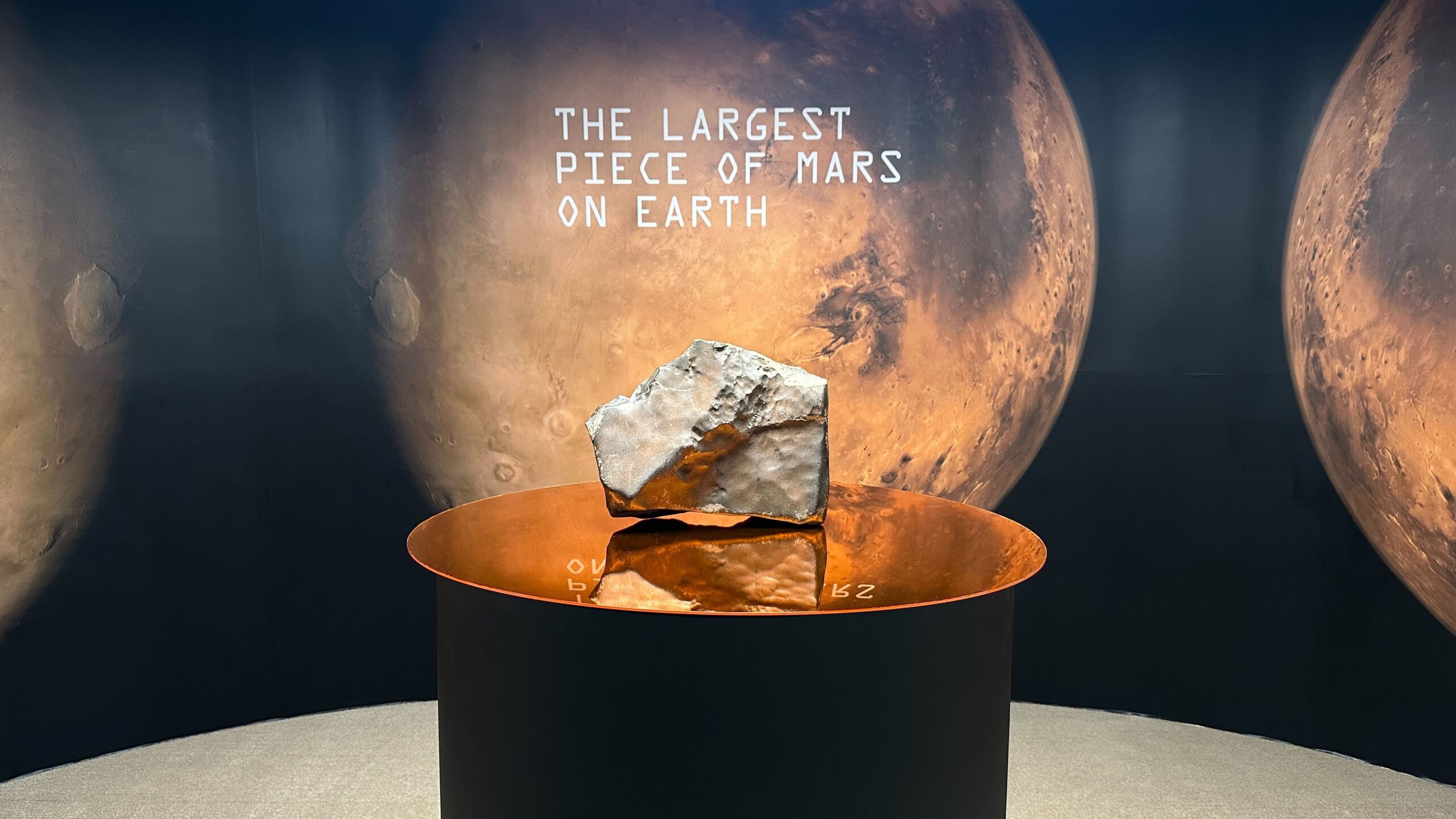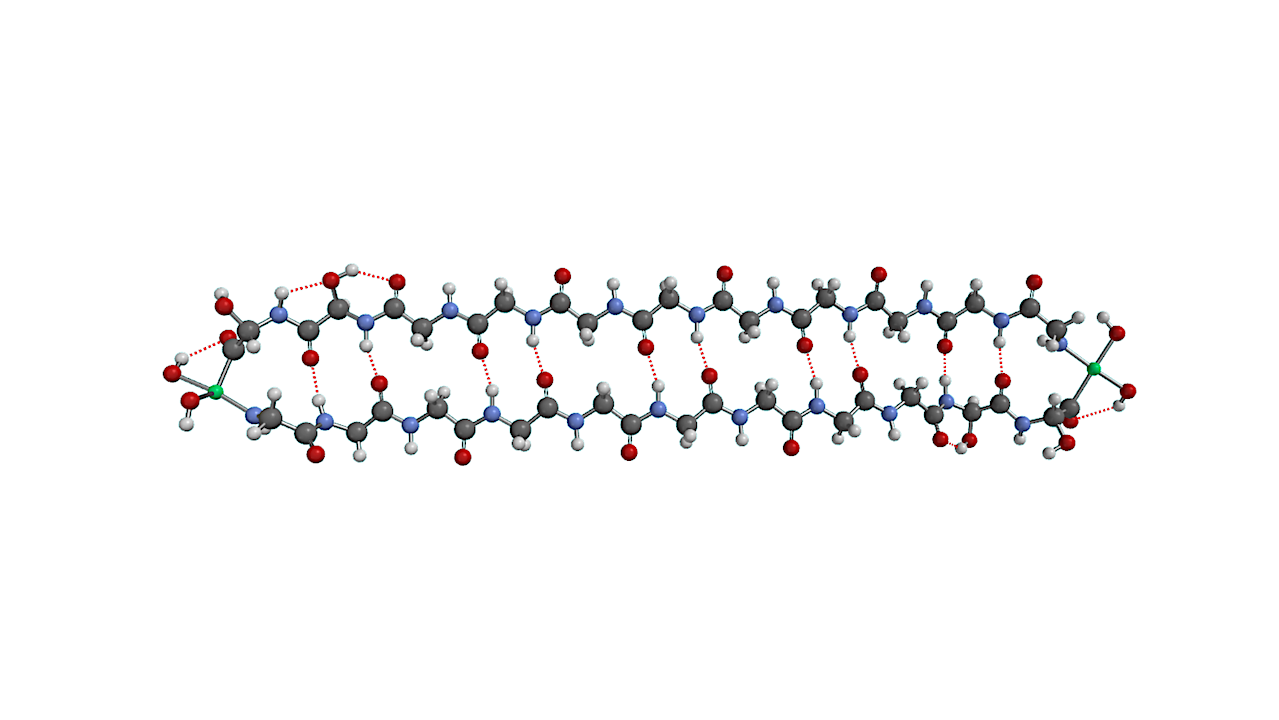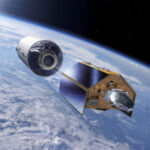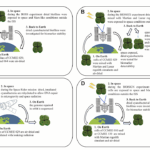Now Reading: Effect Of Galactic Chemical Evolution On Exoplanet Properties
-
01
Effect Of Galactic Chemical Evolution On Exoplanet Properties
Effect Of Galactic Chemical Evolution On Exoplanet Properties
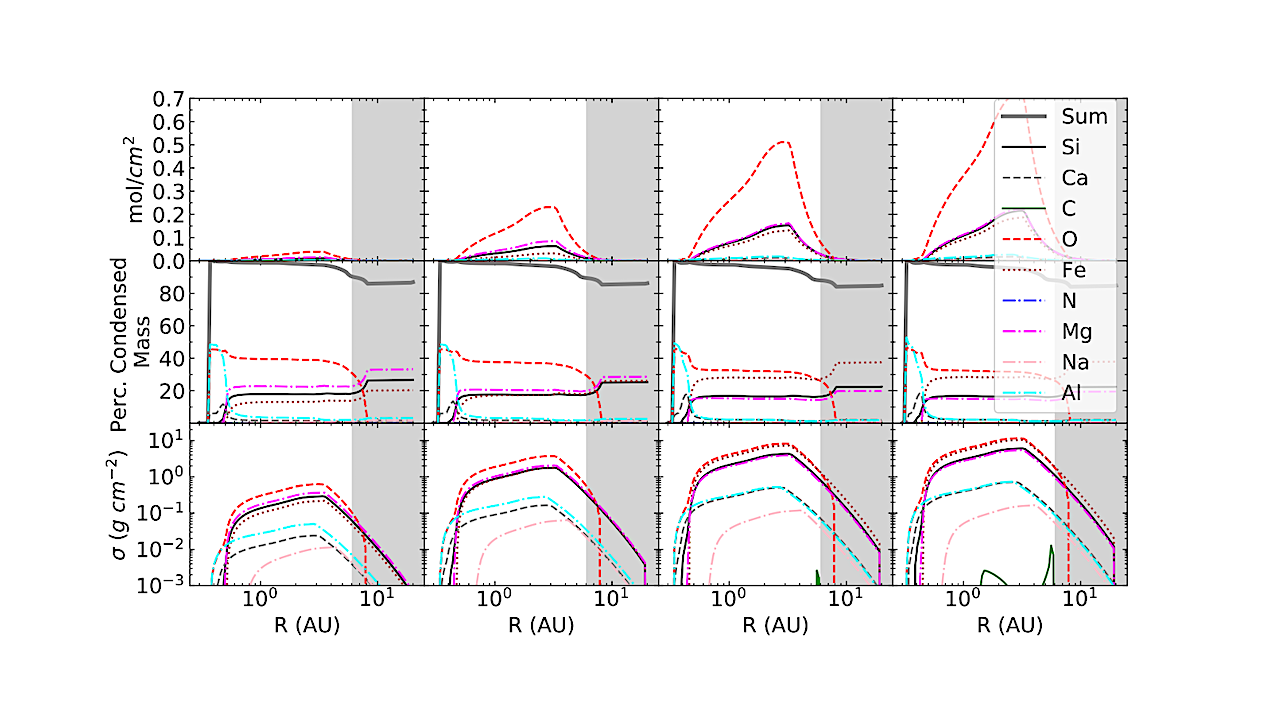
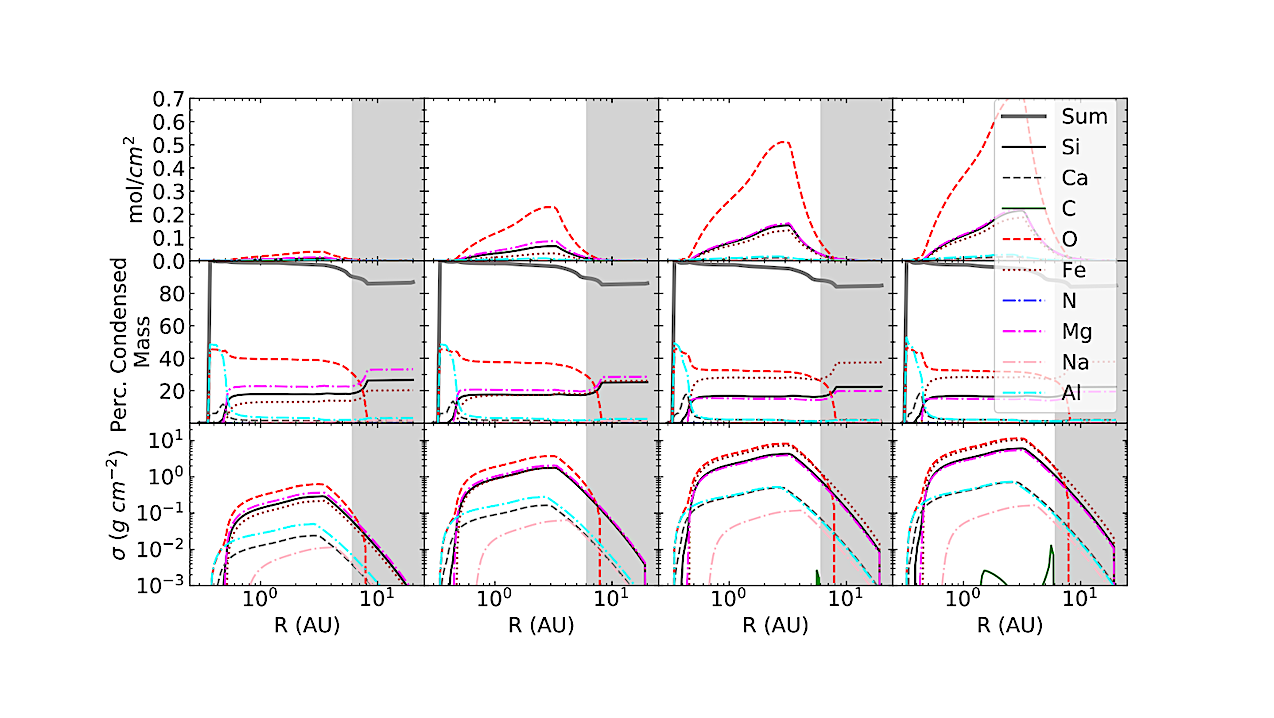
The final solid surface density of various elements in disks around 1 M⊙ stars. Select elements are shown using three different units and with four different stellar abundances. From left-to-right columns, the results of a star formed with the elements present at 1 Gyr, 3 Gyr, 8 Gyr, and 13 Gyr. (Top row) Surface density on a linear y-axis with units of moles per square centimeter. (Middle row) Percent solid mass of each element’s solid phase (i.e. OxygenSolid TotalSolid ∗ 100). The ‘Sum’ line is the sum of all elements shown in the plot. (Bottom row) Surface density on a logarithmic y-axis with units of grams per square centimeter. — astro-ph.EP
We couple a simplified model for the galactic chemical evolution, with software that models the condensation of dust in protoplanetary disks and software that models the interior structure of planets in order to estimate the effects that the galactic chemical evolution has on the properties of planets as they form over time.
We find that the early abundance of elements formed from the evolution and death of high-mass stars (such as Oxygen, Silicon, and Magnesium) yields planets with larger mantles and smaller cores. The later addition of elements produced in low-mass stars (such as Iron and Nickel) causes the planet cores to become relatively larger.
The result is planets that orbit older stars are less dense than planets orbiting younger stars. These results are broadly consistent with recent observations of planet properties from stars of varying ages.
Jason H. Steffen (UNLV), Cody Shakespeare (UNLV), Robert Royer (UNLV), David Rice (Open University of Israel), Allona Vazan (Open University of Israel)
Comments: 14 pages (including appendix), submitted to AAS Journals
Subjects: Earth and Planetary Astrophysics (astro-ph.EP); Astrophysics of Galaxies (astro-ph.GA); Solar and Stellar Astrophysics (astro-ph.SR)
Cite as: arXiv:2507.10942 [astro-ph.EP] (or arXiv:2507.10942v1 [astro-ph.EP] for this version)
https://doi.org/10.48550/arXiv.2507.10942
Focus to learn more
Submission history
From: Jason Steffen
[v1] Tue, 15 Jul 2025 03:10:49 UTC (764 KB)
https://arxiv.org/abs/2507.10942
Astrobiology, Astrochemistry,
Stay Informed With the Latest & Most Important News
Previous Post
Next Post
-
 012024 in Review: Highlights from NASA in Silicon Valley
012024 in Review: Highlights from NASA in Silicon Valley -
 02Panasonic Leica Summilux DG 15mm f/1.7 ASPH review
02Panasonic Leica Summilux DG 15mm f/1.7 ASPH review -
 03How New NASA, India Earth Satellite NISAR Will See Earth
03How New NASA, India Earth Satellite NISAR Will See Earth -
 04And Thus Begins A New Year For Life On Earth
04And Thus Begins A New Year For Life On Earth -
 05Astronomy Activation Ambassadors: A New Era
05Astronomy Activation Ambassadors: A New Era -
06SpaceX launch surge helps set new global launch record in 2024
-
 07Space Force plans new ‘Futures Command’ amid pressure to speed up modernization
07Space Force plans new ‘Futures Command’ amid pressure to speed up modernization













